Experience relaxation and peace in your Landenberg backyard with our proven mosquito control solution. Trusted by families in Landenberg, our innovative approach not only repels mosquitoes but also establishes a durable barrier customized to your outdoor environment. Mosquito Shield of Southeastern PA is dedicated to creating mosquito-free zones, so you can enjoy your outdoor spaces without interruption.
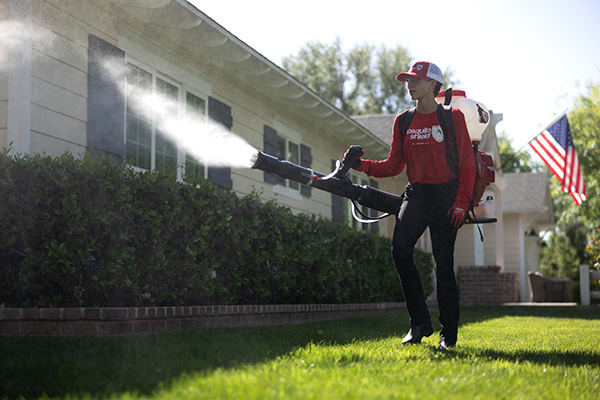
Effective mosquito control in Landenberg, PA, that drives mosquitoes away and keeps them out of your yard.

Enjoy mosquito-free outdoor time in Landenberg with treatments designed to provide lasting results.

Highly rated mosquito control services in Landenberg, trusted by residents to enhance outdoor living.

Landenberg, Pennsylvania, located in southern Chester County, is a peaceful rural community known for its rolling countryside, wooded landscapes, and charming small-town feel. Residents enjoy outdoor activities in areas like White Clay Creek Preserve and the Landenberg Junction Trail. However, Landenberg’s warm, humid summers, steady rainfall, and abundance of natural spaces create ideal conditions for mosquito and tick activity throughout much of the year.
Residents of Landenberg face seasonal risks from mosquito-borne illnesses such as West Nile Virus and Eastern Equine Encephalitis, along with tick-borne diseases like Lyme disease and Anaplasmosis. With outdoor living, hiking, and backyard recreation being major parts of the lifestyle here, staying ahead of mosquito and tick issues is essential for maintaining comfort and health.
To help minimize these risks, Landenberg residents are encouraged to:
Regularly inspect and remove standing water from around homes, including flower pots, birdbaths, and clogged gutters.
Apply insect repellent and wear light, long-sleeved clothing when outdoors during peak mosquito hours.
Schedule ongoing mosquito and tick treatments for residential properties and outdoor gathering areas.
Chester County also supports local communities through mosquito surveillance and seasonal control programs aimed at reducing the spread of mosquito-borne illnesses.
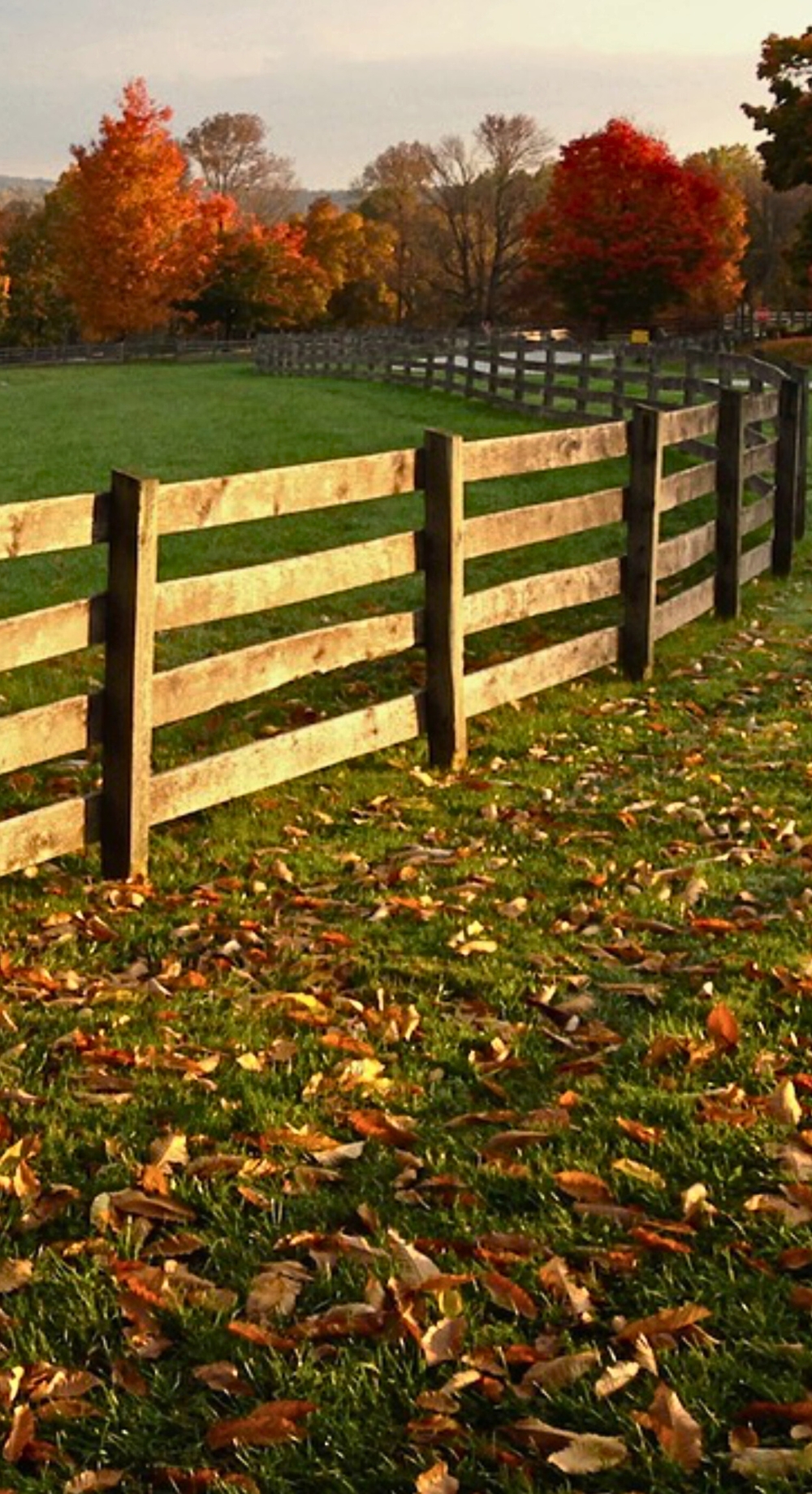
Landenberg experiences hot, humid summers and cold winters, leading to an active mosquito and tick season that spans from late spring through early fall. Rainfall, irrigation, and natural creeks contribute to areas of standing water, while dense woodlands and shaded trails create perfect environments for ticks.
Key Factors Influencing Pest Activity:
Mosquitoes and Water Accumulation: Streams, ponds, and poorly draining areas around Landenberg provide breeding grounds for mosquitoes during the warmer months.
Ticks and Wooded Terrain: Shaded walking trails, forested property lines, and overgrown backyard areas create ideal conditions for ticks, particularly in the spring and fall.

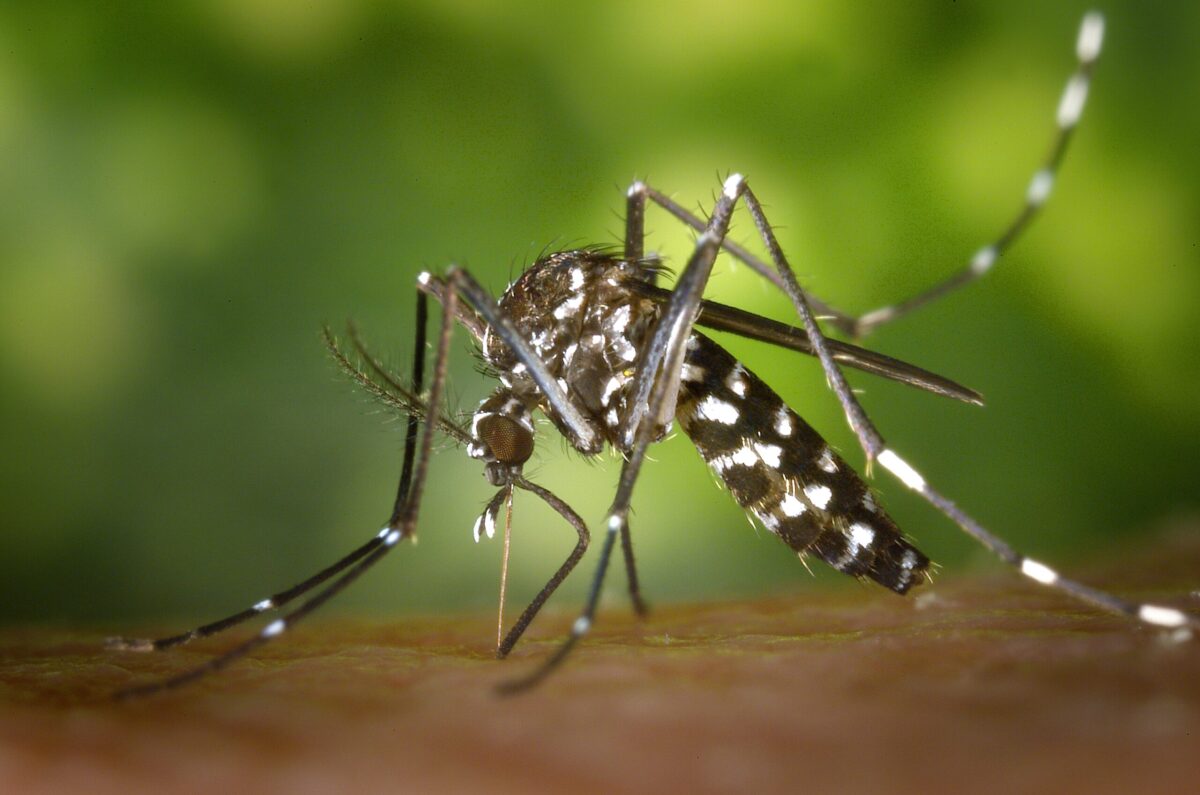
Identification: Black with a distinctive white stripe down the back and banded legs.
Habitat: Found around patios, wooded edges, and yards with dense vegetation or standing water in items like toys and birdbaths.
Behavior: Daytime biter, often targets ankles and lower legs.
Health Risks: Can transmit Zika, West Nile, and dengue viruses.
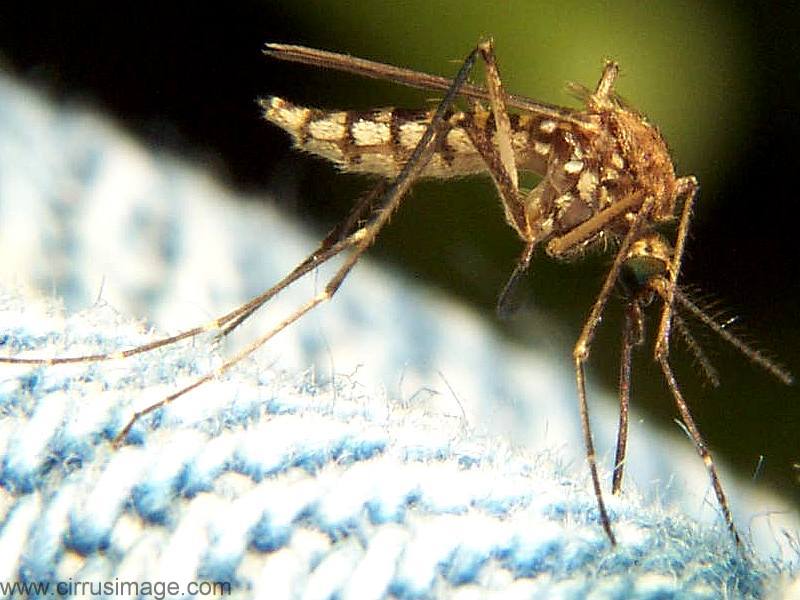
Identification: Brown body with white banding on the legs and abdomen.
Habitat: Common in floodplain fields, roadside ditches, and any area that holds temporary water after rain.
Behavior: Most active around dusk and after heavy rains.
Health Risks: Can cause severe biting irritation and may play a role in spreading West Nile virus.
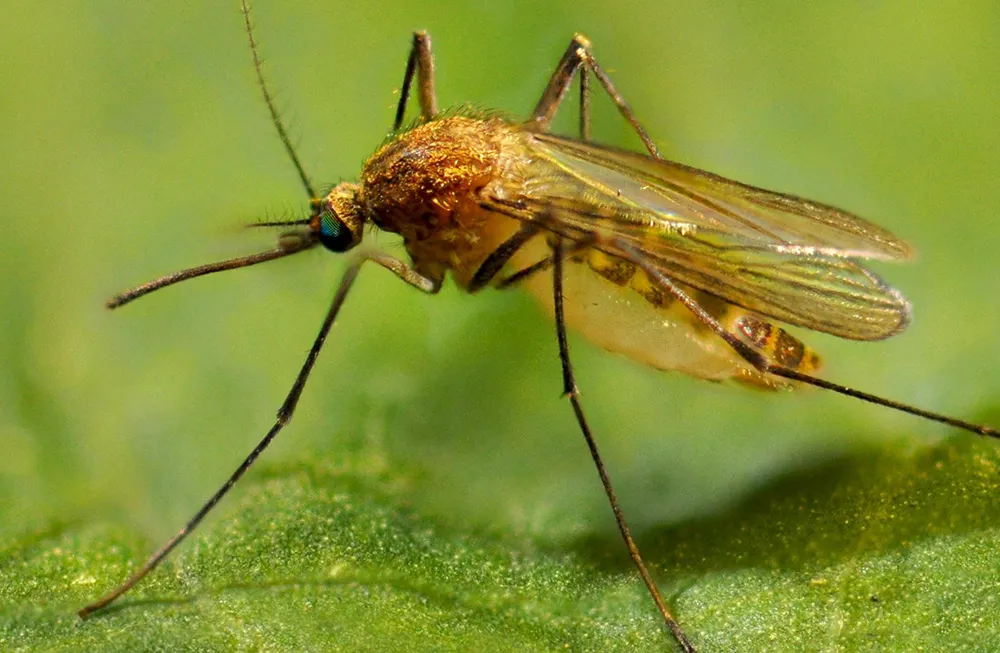
Identification: Light brown with darker bands across the abdomen.
Habitat: Breeds in stagnant water sources such as clogged gutters, rain barrels, and catch basins.
Behavior: Nocturnal biter that prefers birds but will feed on humans.
Health Risks: Primary vector for West Nile virus in Pennsylvania.
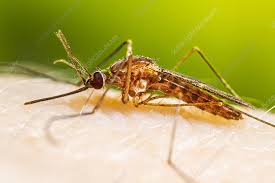
Identification: Medium-sized with four dark wing spots and an angled resting posture.
Habitat: Clean, slow-moving water like ponds, marshes, and creek edges.
Behavior: Active during dusk and dawn, especially in rural and semi-wooded areas.
Health Risks: Historically a malaria vector; currently causes irritating bites.

Key Activity: Mosquito activity begins as temperatures rise and spring rainstorms hit.
Breeding: Flooded lawns, puddles, and debris-filled containers become early-season breeding sites.
Common Species Active: Aedes vexans and Culex pipiens begin to emerge.
Behavior: Evening and early morning bites become more frequent by late spring.

Key Activity: Peak mosquito season—heat and humidity drive aggressive breeding.
Breeding: Anywhere water stands: gutters, planters, kiddie pools, and drainage ditches.
Common Species Active: Aedes albopictus, Aedes vexans, and Culex pipiens dominate.
Behavior: Biting pressure is high all day long, especially in shaded or wooded areas.
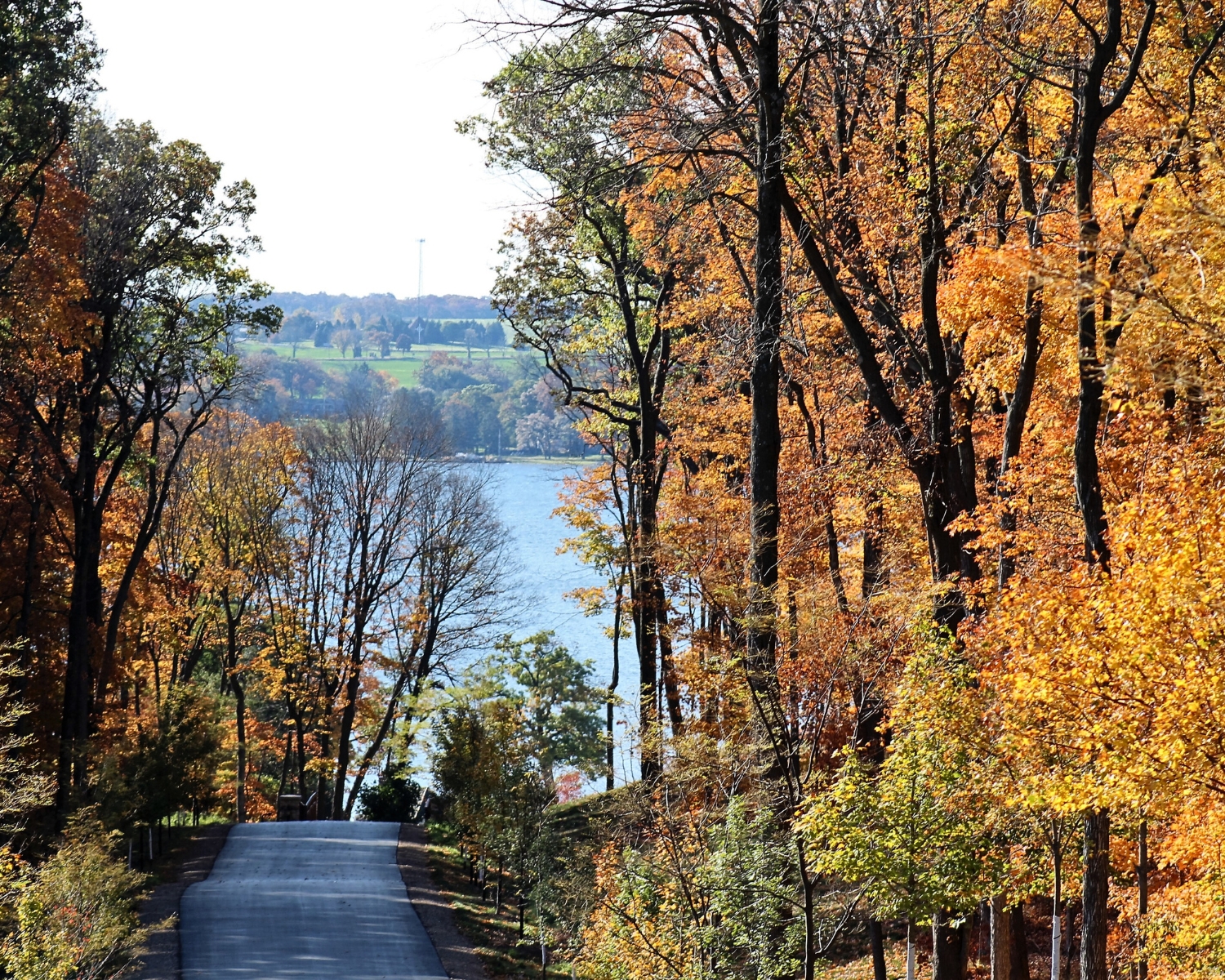
Key Activity: Activity decreases but persists through mild fall weather.
Breeding: Rainfall and leaf-clogged drains continue to provide habitat.
Common Species Active: Culex pipiens and some Aedes species remain present.
Behavior: Bites are common on warm fall days, especially during leaf removal and yard work.
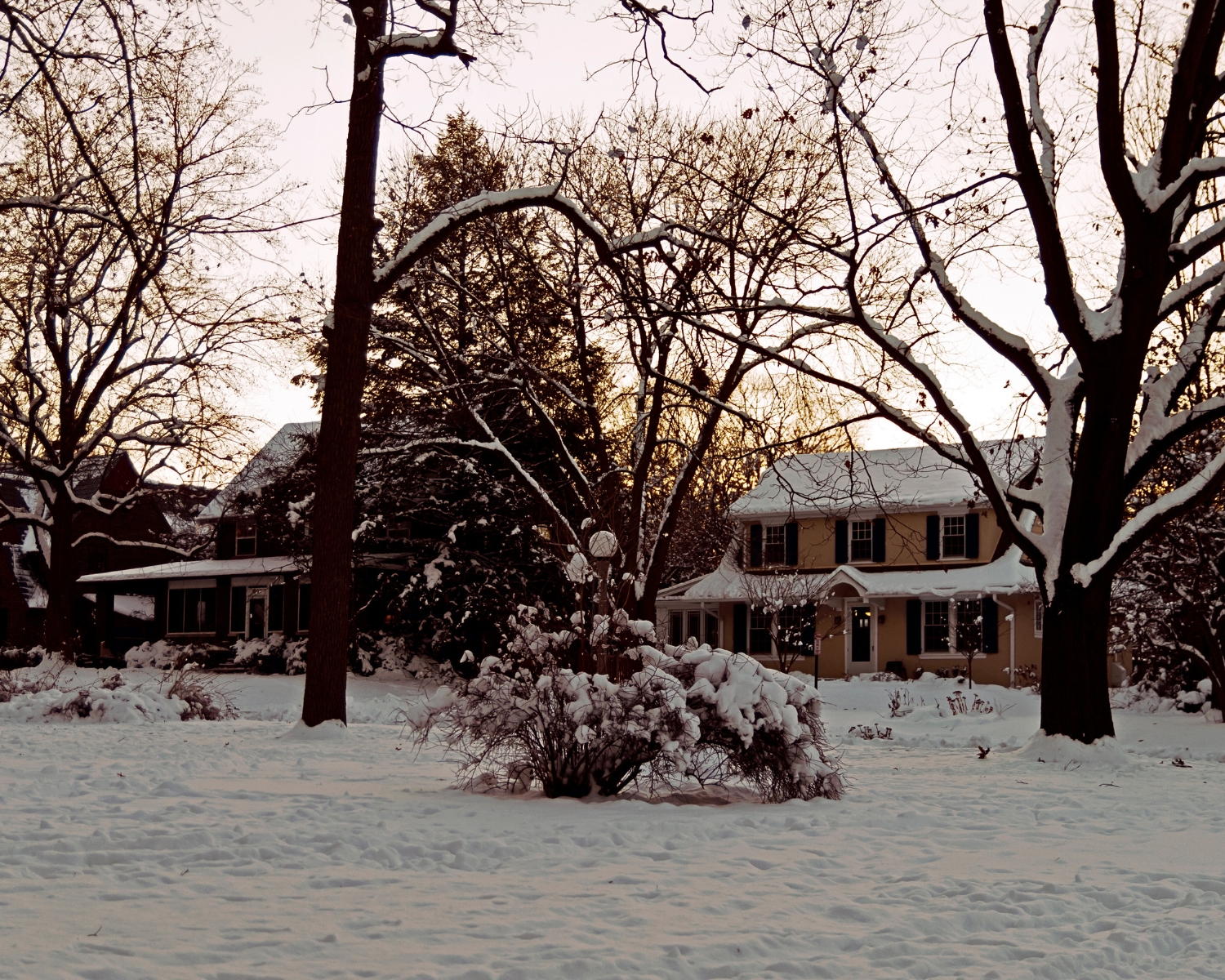
Key Activity: Most mosquito activity halts due to colder temperatures.
Eggs: Aedes eggs remain dormant in dry locations, hatching once spring returns.
Adults: Culex mosquitoes may overwinter in basements, crawlspaces, and sheds.
Behavior: Warm winter spikes can trigger brief mosquito activity, especially after rain.
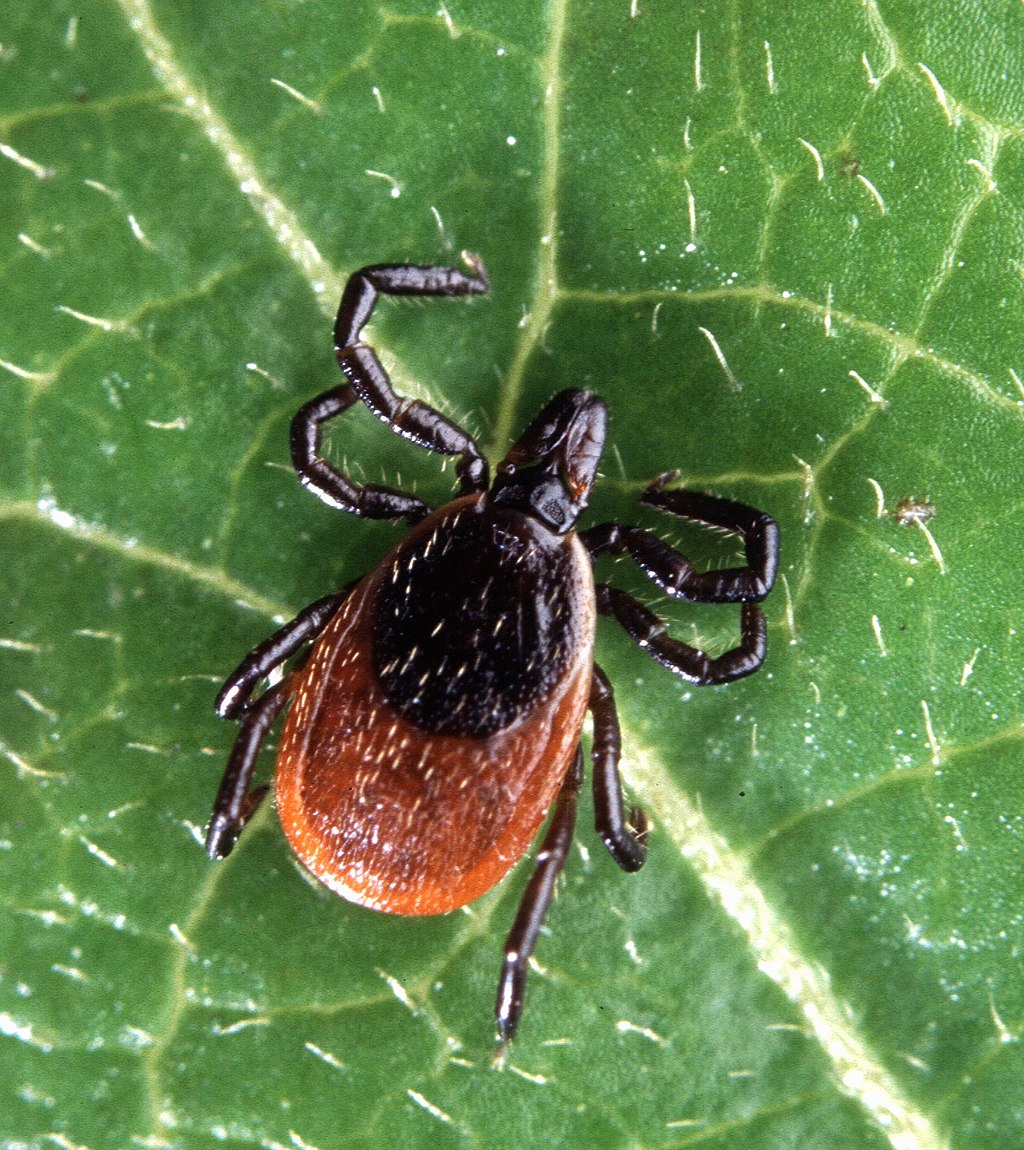
Deer ticks are small but dangerous, and they're a year-round concern in Southeastern PA. Adult females have a reddish-brown body with a dark dorsal plate, while nymphs are nearly invisible.
These ticks are often found in wooded areas, leaf piles, overgrown yards, and along the edge of hiking trails.
They are the main culprits behind Lyme disease, and can also carry anaplasmosis, babesiosis, ehrlichiosis, and Powassan virus. Tick checks after time outdoors are critical in this region.
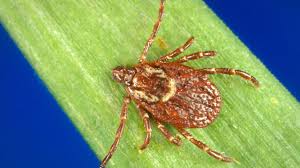
Wood ticks are larger and easier to spot, with reddish-brown coloring and silvery white markings. They're prevalent in grassy fields, hiking paths, and suburban parks.
These ticks often latch onto pets and people after outdoor activities.
While they don’t spread Lyme disease, they can carry Rocky Mountain spotted fever and tularemia, and their bites can lead to irritation or secondary infection if not removed properly.
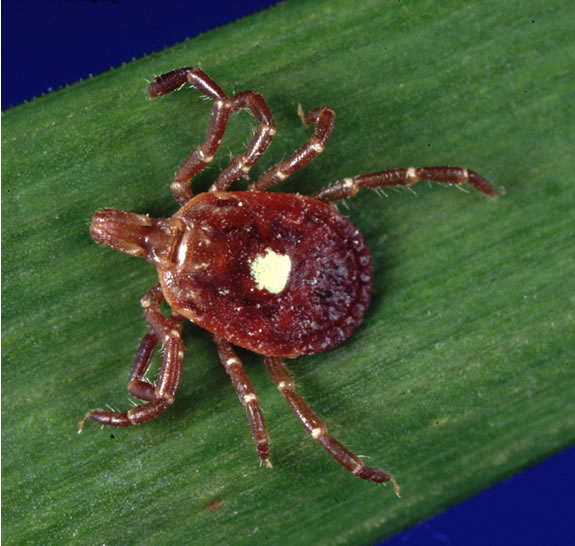
Once rare in Southeastern PA, Lone Star ticks are increasingly common. Females sport a single white dot on their back, and males have faint patterns along their edges.
They thrive in brushy woods and along wildlife corridors, and they’re aggressive biters.
These ticks can transmit ehrlichiosis and have been associated with alpha-gal syndrome, a red meat allergy linked to their bites.
